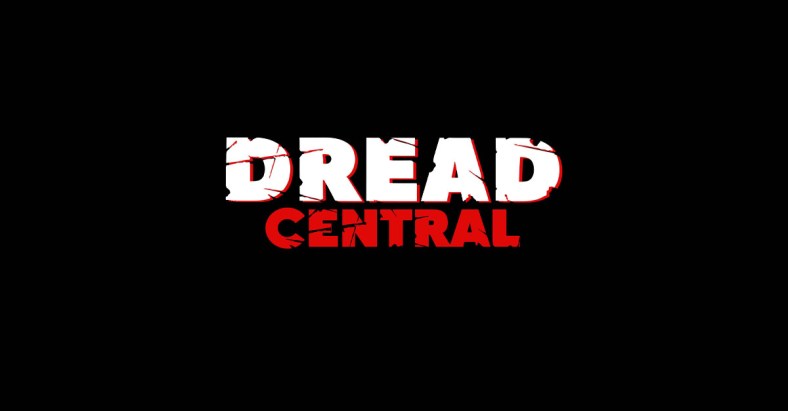
Brant Lewis discusses the usage and terror of liminal spaces in ‘The Shining’, ‘House of Leaves’, and ‘Severance’.

The presence of liminal spaces can be quite haunting and scary. In simplest terms, the well-known and natural become alien in a way we cannot describe as we try to process their existence. Within fiction and media, that feeling of fear becomes more amplified as liminal spaces themselves are taken to nightmarish and exaggerated levels.
Outside of their physical appearance, liminal spaces also represent the mind of the main character or characters. In her poem “One need not a Chamber – to be Haunted,” Emily Dickinson wrote, “The Brain has Corridors – surpassing / Material Place -“. Works like the film The Shining, the book House of Leaves, and the television show Severance utilize liminal spaces to further convey the mentality of its characters. Whether it’s the unnatural geography of the Overlook Hotel, the constantly changing physicality of the Navidson house, or the disorienting aesthetic and office layout of Lumon Industries, these locations are more than just exciting locations. They are a way to express the mindset physically.
The Liminal Horrors of The Shining
Aside from its complex and troubled production, Stanley Kubrick’s The Shining also introduced us to the iconic The Overlook Hotel. Most famously, the unusual geography of the hotel has led to much discussion about the hotel’s true nature; its layout cannot physically exist. I don’t view this as an error on Kubrick’s part. Instead, it’s a creative decision to highlight the feelings of isolation and madness.
Those long hallways that greet Danny as he peddles his tricycle before meeting the Grady Sisters or the impossible placement of Ullman’s office highlight the disconnect with reality. The Overlook Hotel instead becomes a being outside of the “real world”. It’s a nightmare made physical, much like Jack succumbing to his monstrous nature. Pure silence and emptiness haunt the Torrence family as they do their best to process and live in these liminal spaces. Without the sound of hotel guests, the isolation becomes more apparent the further they descend into The Overlook. Much like the hedge maze, the hotel also represents the Torrence family struggling to survive the space’s dark claws.
House of Leaves And Liminal Spaces In The Written Word
Similarly, Mark Z. Danielewski’s novel House of Leaves also deals with a sinister space. However, this space is a living monster. The novel follows the Navidson family and records their experiences in their mutating house. Initially, the house appears normal. Then, a small space is revealed behind a door where only a wall existed. The spatial nature of the house further diverges as a new door behind the wall opens into the kids’ room. There the father, Will Navidson, discovers that the house’s interior is larger than its exterior. Most creepily, though, is the arrival of a dark unlit hallway leading from the living room wall into an endless sea of passages and rooms within the house.
The book doesn’t just write about liminal spaces; it becomes one itself. Danielewski replicates those feelings of suspense and terror through creative use of text placement. As Navidson and his group of explorers begin to lose touch with reality, so does the usage and location of text. Some pages only have a few words at the very bottom. Others require one to flip the book upside to read them. The disorienting nature of reading the novel coincides with the terror of the liminal spaces.
What could have been a simple gimmick instead elevates the story and provides a unique and frightening way of capturing those liminal spaces. The physical book becomes a liminal space as you read through the narrative. Like Navidson and his family exploring the expanding house, the reader joins them as they must decipher text and space.
Severance, Corporate Spaces, and Oppressive Environments
After looking at The Shining and House of Leaves, Severance may appear to be a weird choice. But the offices and setting of Lumon Industries perfectly encapsulate the horror of liminal spaces. Compared to the other two, Lumon Industries has a much brighter nature due to fluorescent office lighting, white walls, and corporate aesthetics. Yet, these decisions highlight the otherworldly nature of the liminal spaces. A passing familiarity with typical American offices and cubicles confer with the exaggerated character of the Lumon Industries offices. The stereotypical cubicle, known for separating workers from each other, is mangled here. In Severance, the desks are strategically placed being put in a clock-like fashion while only having small walls for separation. Once again, the familiar is rendered strange.
The liminal spaces of the company demonstrate the separation of the workers’ lives within and outside of the workplace. When the workers enter this space and “worker mode”, a dolly zoom is used to reflect not only a change in mindset, but a change in the nature of their reality. The oppressive nature of the liminal spaces conveys the drone-like life of the worker. They cannot escape their jobs and work in a literal maze to ensure their productivity.
Liminal spaces are fascinating. They can say so much without saying anything. They exist as a nagging feeling that something is wrong in an otherwise “normal” room. But, they can also provide a glimpse into the mind of certain characters and how they react or are impacted by their surroundings. After all, what is scarier than our well-known surroundings and locations becoming something unknowable and illogical?






























:quality(85):upscale()/2025/03/28/775/n/1922564/22119f9d67e6de01304208.95605728_.png)

:quality(85):upscale()/2024/07/29/849/n/1922564/ccbd576766a7ec1c9a9939.03806205_.png)




